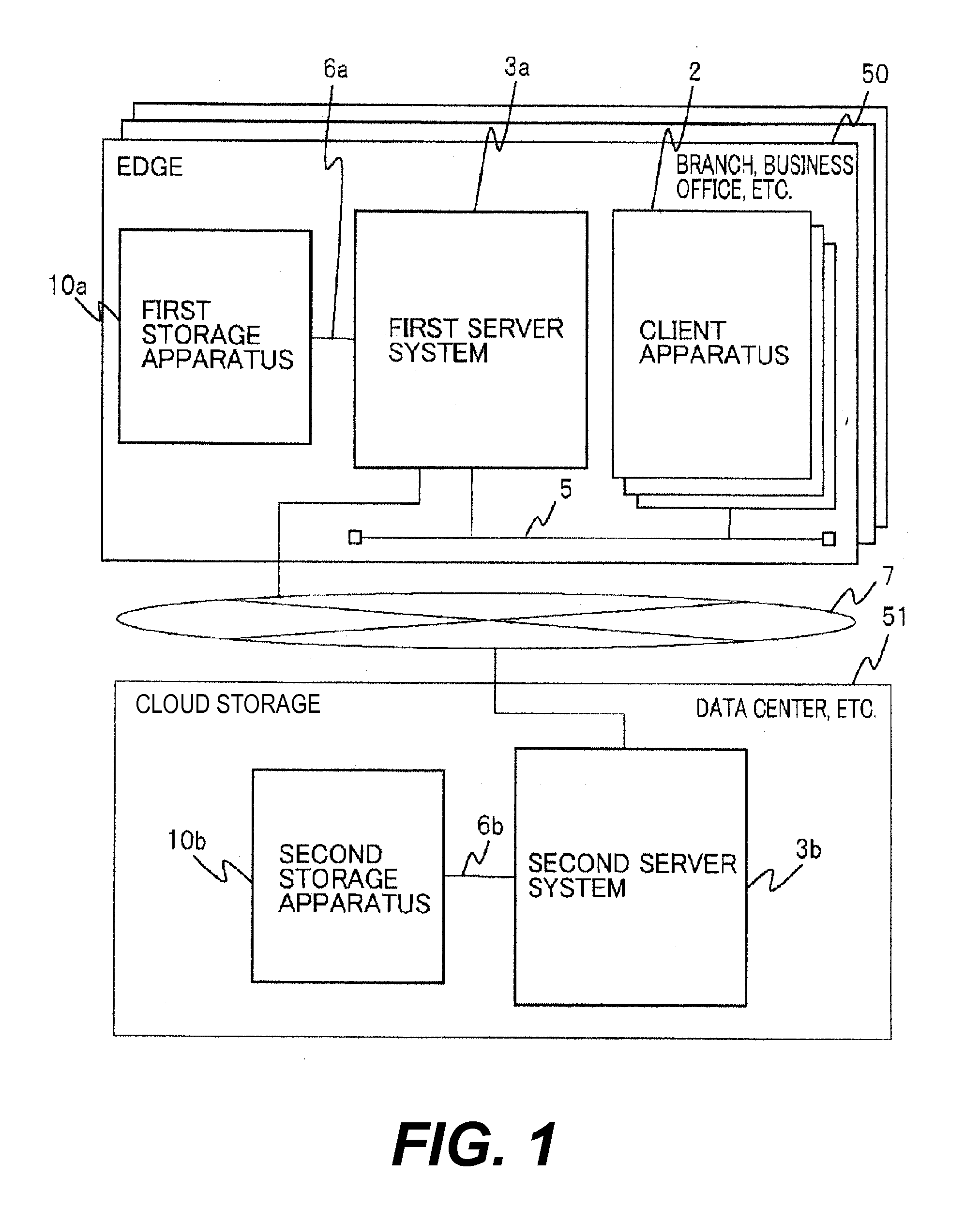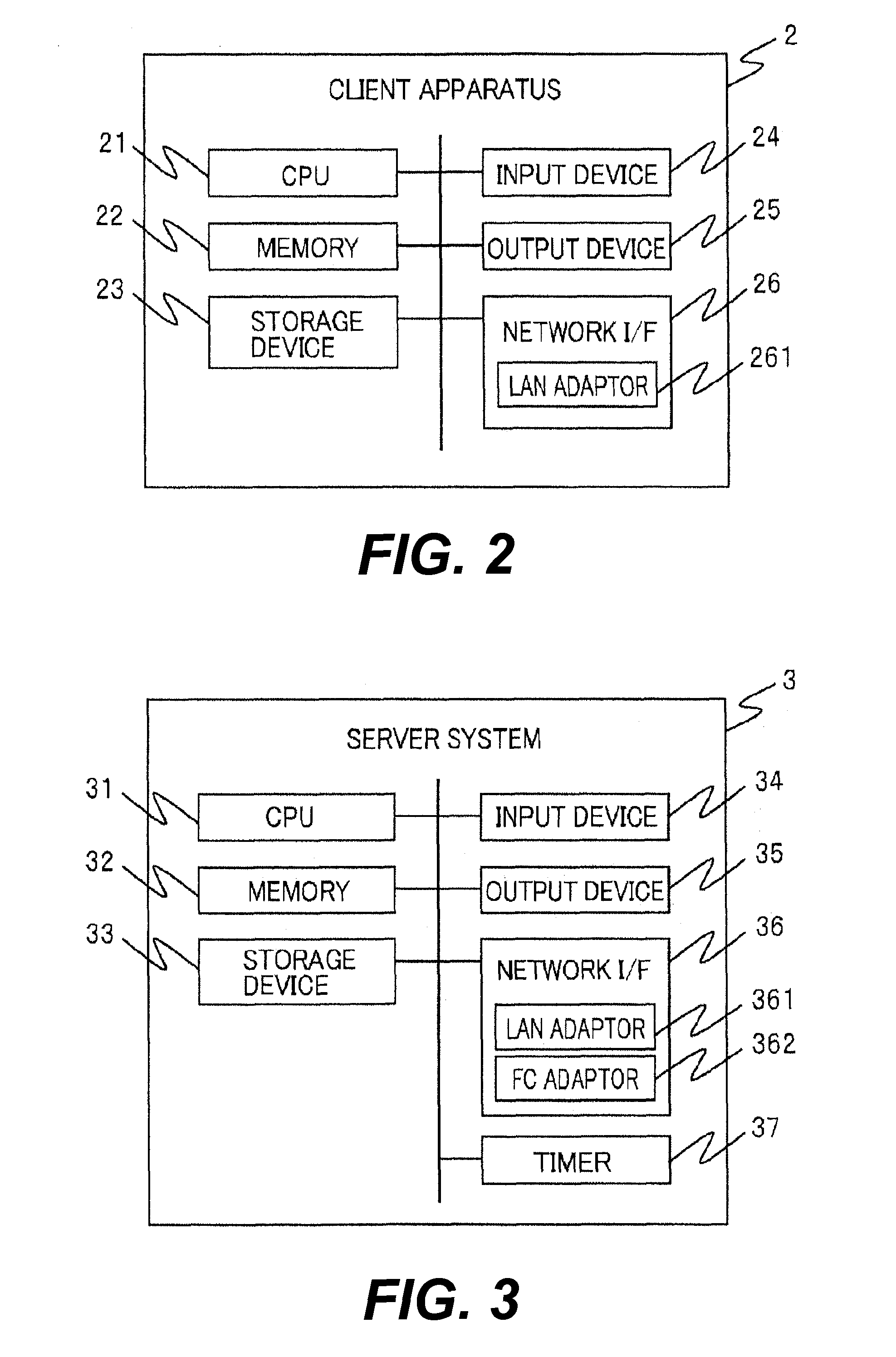Read ahead caching of data from cloud storage and method thereof
a cloud storage and data caching technology, applied in the field of file storage, can solve the problems of cluttering the storage area available to users, proliferation of files with limited usefulness, etc., and achieve the effect of efficient storage and recall, efficient utilization, and efficient storage of files
- Summary
- Abstract
- Description
- Claims
- Application Information
AI Technical Summary
Benefits of technology
Problems solved by technology
Method used
Image
Examples
Embodiment Construction
[0038]In the following description, numerous specific details are set forth illustrating the Applicant's best mode for practicing the invention and enabling one of ordinary skill in the art to make and use the invention. It will be obvious, however, to one skilled in the art that the present invention may be practiced without many of these specific details. In other instances, well-known machines, structures, and method steps have not been described in particular detail in order to avoid unnecessarily obscuring the present invention. Unless otherwise indicated, like parts and method steps are referred to with like reference numerals. As such, each of the embodiments described below are exemplary and of a nature such that those skilled in the art will appreciate that the invention may be practiced with other modifications, alternative constructions and equivalents which fall within the spirit and scope of the invention.
[0039]FIG. 1 shows a schematic configuration of an exemplary embo...
PUM
 Login to View More
Login to View More Abstract
Description
Claims
Application Information
 Login to View More
Login to View More - R&D
- Intellectual Property
- Life Sciences
- Materials
- Tech Scout
- Unparalleled Data Quality
- Higher Quality Content
- 60% Fewer Hallucinations
Browse by: Latest US Patents, China's latest patents, Technical Efficacy Thesaurus, Application Domain, Technology Topic, Popular Technical Reports.
© 2025 PatSnap. All rights reserved.Legal|Privacy policy|Modern Slavery Act Transparency Statement|Sitemap|About US| Contact US: help@patsnap.com



